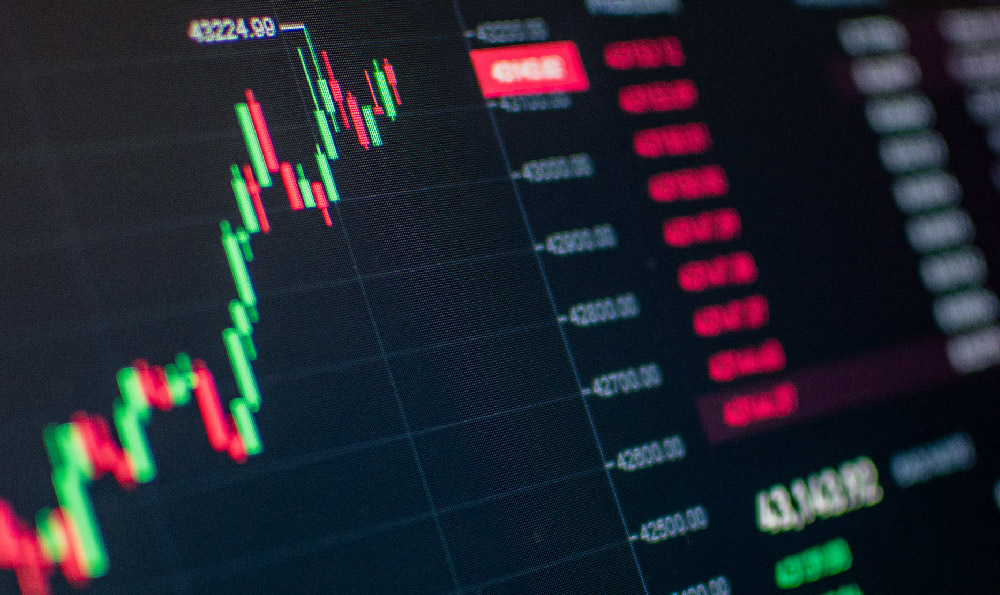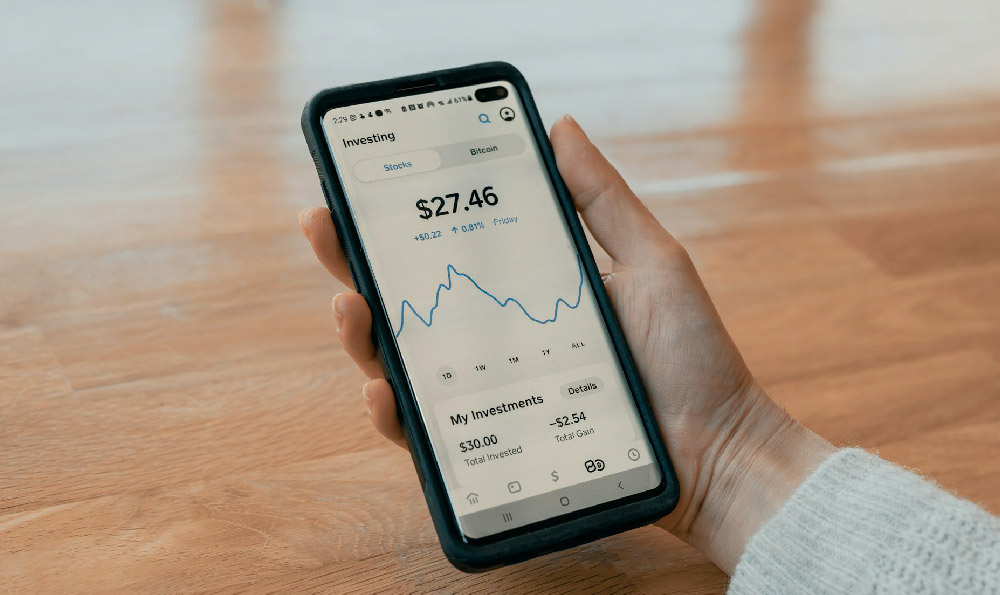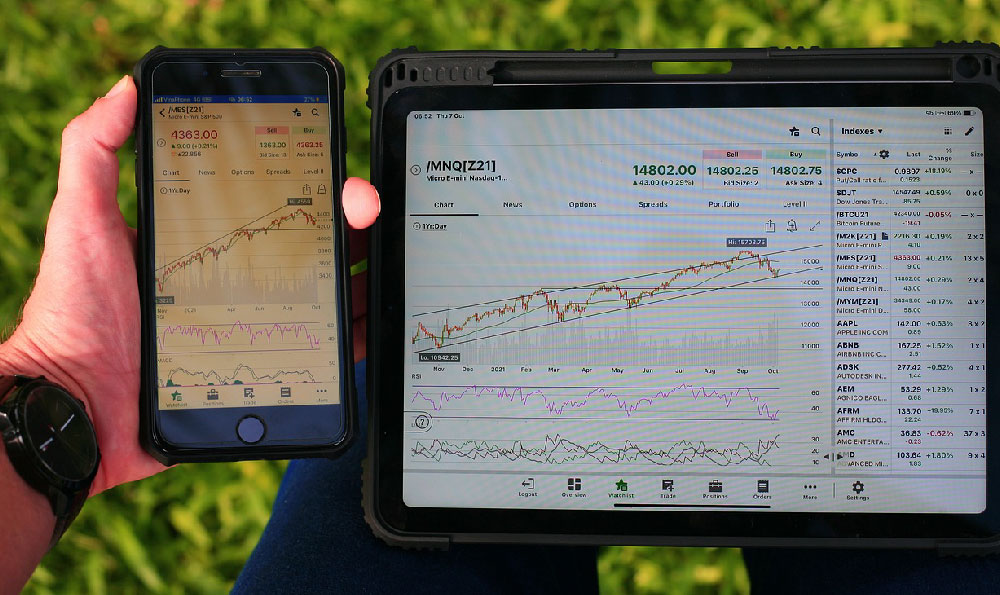Goodwill, in the realm of accounting and finance, represents a fascinating and often misunderstood intangible asset. It arises during the acquisition of one company by another, and its existence is intrinsically linked to the concept of fair market value and the premium paid beyond that valuation. To fully grasp the origins and ultimate disposition of goodwill, we must delve into the mechanics of mergers and acquisitions (M&A) and the accounting principles that govern them.
Let's begin with the source of goodwill. Imagine Company A desires to acquire Company B. Company B owns tangible assets like property, plant, and equipment, as well as intangible assets like patents, trademarks, and customer relationships. These assets, when meticulously assessed, have a fair market value of, say, $10 million. However, Company A, brimming with optimism and strategic intent, decides to pay $12 million for Company B. This $2 million difference represents the goodwill.
Where does this extra money come from? It stems from Company A’s belief that Company B possesses something beyond its individually identifiable assets that contributes to its overall value. This “something” can encompass a multitude of factors, often difficult to quantify precisely. A stellar brand reputation, a loyal customer base cultivated over years, a superior management team with proven expertise, or a strategically advantageous location could all justify paying a premium. Perhaps Company B has developed proprietary processes that, while not explicitly patentable, give it a competitive edge. Or maybe Company A anticipates significant synergies arising from the acquisition, such as cost reductions through economies of scale or increased market share through cross-selling opportunities. The acquirer is essentially betting that Company B, as part of a larger entity, will generate future earnings that exceed what the standalone entity could achieve. Therefore, the premium paid reflects the present value of those anticipated future profits attributable to these unidentifiable intangible assets.

The source of goodwill, then, is the acquirer’s assessment of the target company’s overall business value, taking into account factors that are not easily captured in the valuation of individual assets. It reflects the perceived strategic fit and potential for future growth and profitability that the acquired company brings to the table. This subjective assessment, while grounded in financial analysis and due diligence, inherently involves a degree of speculation and risk. The acquirer must justify the premium to its shareholders, demonstrating that the expected benefits outweigh the cost of the acquisition.
Now, let's trace the journey of goodwill. On the acquiring company's balance sheet, goodwill is recorded as an intangible asset. It sits alongside other assets like patents, trademarks, and property, plant, and equipment. But unlike these other assets, goodwill is not amortized, meaning its value is not systematically reduced over time through periodic expense charges. Instead, goodwill is subject to an annual impairment test.
This impairment test is crucial because it acknowledges the inherent uncertainty associated with the value of goodwill. Each year, the acquiring company must assess whether the fair value of the reporting unit to which the goodwill is assigned has fallen below its carrying value (including the goodwill). A reporting unit is typically a business segment or operating division within the acquiring company. If the fair value is lower, then an impairment loss is recognized.
The impairment test attempts to determine whether the factors that initially justified the premium paid for the acquired company still hold true. Perhaps the expected synergies failed to materialize. Maybe the acquired company's industry experienced a downturn, or a competitor introduced a disruptive technology. Or perhaps the management team, whose expertise was a key driver of the acquisition, has since departed. Any of these events could erode the value of goodwill.
When an impairment loss is recognized, the carrying value of the goodwill is reduced, and the impairment loss is recorded as an expense on the income statement. This reduces the acquiring company's net income and ultimately its retained earnings. In essence, the impairment charge signals that the initial investment in the acquired company did not generate the anticipated returns. It represents a writedown of the acquisition premium, reflecting a reassessment of the acquired company's contribution to the overall business.
It is worth noting that goodwill can only be impaired, never increased, on the balance sheet. If the acquiring company subsequently experiences a resurgence in the acquired company's performance, the goodwill value cannot be written back up. This asymmetrical treatment underscores the conservative accounting principle that recognizes losses promptly but defers the recognition of gains until they are realized.
Therefore, the goodwill money, after its initial appearance on the balance sheet, can effectively "disappear" through impairment charges. These charges reflect a failure of the acquisition to live up to expectations and can significantly impact the acquiring company's financial performance. The process highlights the importance of thorough due diligence, realistic valuation, and effective integration when pursuing acquisitions.
In conclusion, goodwill money originates from the acquirer's willingness to pay a premium for the target company's unidentifiable intangible assets, reflecting the anticipated future benefits arising from the acquisition. It resides on the balance sheet as an intangible asset, subject to annual impairment tests. If the fair value of the acquired company declines, the goodwill is impaired, and the impairment loss flows through the income statement, reducing the company's profitability. Understanding the origins and ultimate disposition of goodwill is crucial for investors and financial analysts seeking to assess the true value and long-term success of mergers and acquisitions. The presence of significant goodwill on a balance sheet warrants careful scrutiny, as it represents an investment predicated on future performance and potentially subject to write-downs if those expectations are not met.












